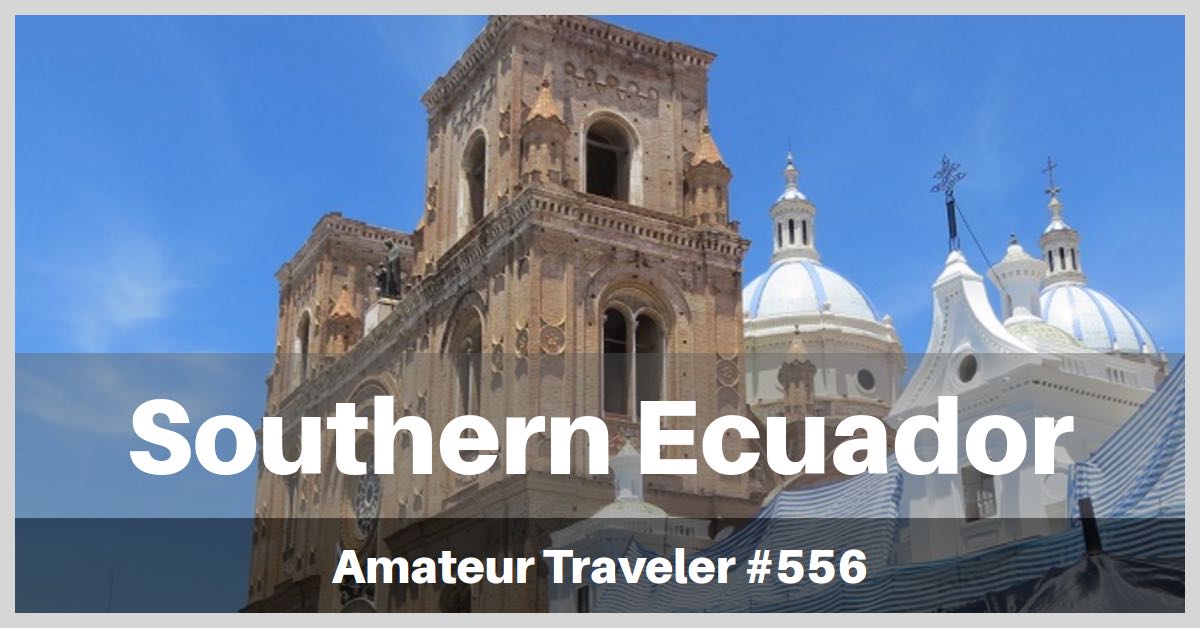
Hear about travel to Loja and Southern Ecuador as the Amateur Traveler talks to Lily Ann Fouts about her visit to this lesser-known region of Ecuador.
Lily says of the area, “It’s beautiful. It’s a wonderful destination for people who are into hiking and bird watching. The city of Loja is considered the cultural capital of Ecuador, so there’s a lot of music and arts going on there. It’s a wonderful destination for people who are interested in arts and the natural world.”
Lily first directs us to some of the touristy and non-touristy activities in the city of Loja, including the cathedral and some of the other churches, the parks, the market, and hikes into the nearby Podocarpus National Park. She directs us to the Museum of the Culture of Loja and the Museum of Music. She particularly recommends being in town on a Thursday night when there is always some sort of free concert or cultural event.
After visiting Loja, Lily directs us to make 5 different side trips in the region: Cuenca, El Cisne, Vilcabamba, Zamora, Saraguro.
The old historic center of Cuenca is a UNESCO World Heritage Site for its colonial architecture. It is a larger city, so it also has a great number of cultural events. She recommends a stop at the Central Bank Museum and at the nearby ruins of Tomebamba. Tomebamba used to be the northern capital of the Inca.
El Cisne is a much smaller town that is dominated by the large church El Santuario de El Cisne, which is dedicated to the Virgin of El Cisne. A pilgrimage starts from this city every August and continues to Loja.
Vilcabamba is more of an expat community with a bit of a new age vibe. It has another entrance to Podocarpus National Park as well as the Rumi Wilco nature reserve. Your English will get you a bit further in Vilcabamba than in Loja.
Zamora is just 90 minutes away from Loja by bus but is on the edge of the Amazon rainforest. It has a more tropical climate. From the nearby entrance to the Podocarpus National Park, you can enjoy trails, waterfalls, orchids, birds, butterflies, and swimming holes.
Lilly recommends a stay in Saraguro with an indigenous family as part of a community-based tourism effort in the town.
Take a trip along the road less traveled in Southern Ecuador.
subscribe: rss feed | Apple podcasts
![]()
right click here to download (mp3)
right click here to download (iTunes version with pictures)
Show Notes
Lily Ann Fouts
Loja Province
Loja, Ecuador
33 Touristy (and not-so-touristy) Activities in Loja, Ecuador
Matilde Hidalgo de Procel
Mama Lola (restaurant)
Cuy
Vegetarian Foods in Ecuador
Pucará de Podocarpus (restaurant)
Cafetería El Tamal Lojano (restaurant)
Podocarpus National Park, Loja, Ecuador
Masked trogon (bird)
Motmot (bird)
El Cisne
Vilcabamba, Ecuador
Rumi Wilco nature preserve
Copalinga lodge
Turismo comunitario Saraguro
Cuenca
Cuenca in Photos
Tumebamba
Cajas National Park
Amaluza and Yacuri National Park
LojAventura (facebook group)
Trip to Yacuri National Park and Amaluza in Espíndola
Live Like a Local in Loja 20% off
Community
Please take our listener survey
November 2017 – India Amateur Traveler Trip
- Search for Great Tours HERE
- Buy Travel Insurance
- Get a Car Rental
- Get an eSim to be able to use your smartphone abroad.
- Get a universal plug adapter
- Book Your Accommodation HERE
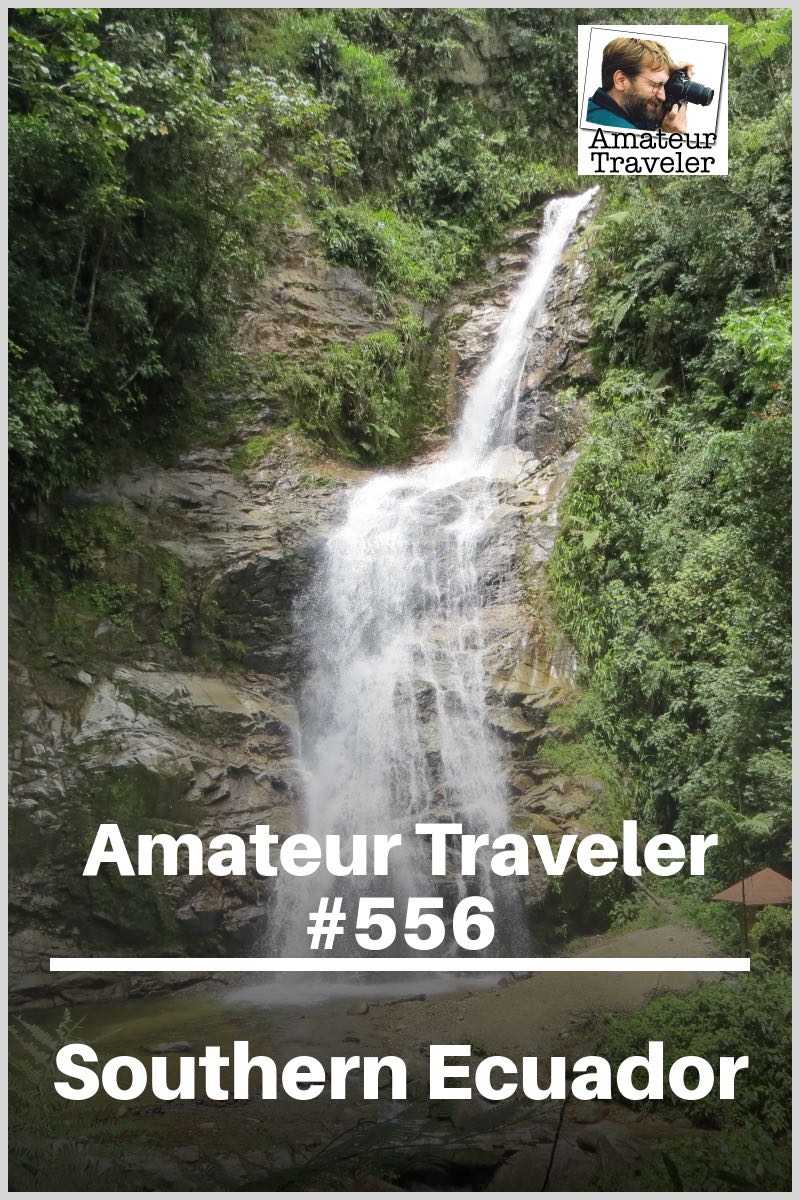
+Chris Christensen | @chris2x | facebook
2 Responses to “Travel to Loja and Southern Ecuador – Episode 556”
Leave a Reply
Tags: audio travel podcast, cuenca, ecuador, loja, podcast, vilcabamba

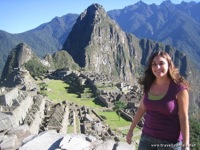 Ecuador and Peru – Episode 69
Ecuador and Peru – Episode 69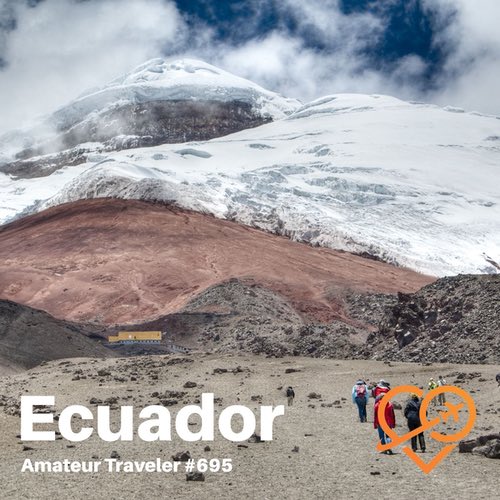 Travel to Ecuador – Episode 695
Travel to Ecuador – Episode 695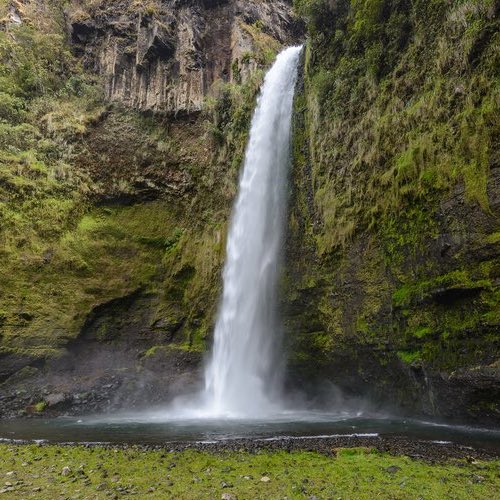 Ecuador Waterfalls – The Stunning Waters of Ecuador
Ecuador Waterfalls – The Stunning Waters of Ecuador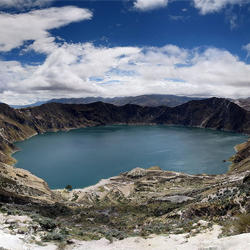 Trekking in Ecuador’s Quilotoa Loop – Episode 392
Trekking in Ecuador’s Quilotoa Loop – Episode 392

Ursi
Says:June 20th, 2017 at 2:43 pm
Your articles are amazing!
I just love Ecuador. I made my trip with the tour operator Gulliver Expeditions from Quito, they were amazing.
If you love nature, adventure, mountains, animals and the Galapagos Islands, I recommend you to go to Ecuador.
Greetings from Germany
Ursi
Craig Ferris
Says:January 4th, 2019 at 11:48 am
I just listened to Lily Ann Fouts and found her website to read more about her experiences in Ecuador. Interviews like this are what I love about the Amateur Traveler — unique experiences in different places, but… not over-the-top drivel about cuisine and beverage. You are getting the experiences from an “amateur traveler” which almost all of are.
The one thing that shocked me is there are actually a couple dozen expats in Loja and you can get by with English in Cuenca due to the influence of all the expats. I lived in southern Ecuador for two years in the late 80s, and I crossed paths with just THREE Americans in two years. The funny thing is the Ecuadorians thought there were lots of Americans down there, but they did not realize the Anglos they saw, but could not communicate with, were actually Western European and Scandanavian tourists. Back then, Americans were strictly in the Quito and Guayaquil airports and hotels waiting for transit to the Galapagos.
I can see expats choosing the Andes of Ecuador to stretch their dollar, but vacationing or adventuring to places other than the Galapagos seems like a stretch. The main appeal would be as Lily put it — there’s nobody in these remote parks. And Loja is very remote. It is a torturous 7 hour drive from Guayaquil. I don’t know what the flights run but that would be preferable. Most Americans will find Ecuadorian food bland — typical for Latin American outside of Mexico and the Caribbean.
The people were the friendliest I have ever encountered, but it has been almost 30 years since I lived there. Similar to Lily’s experience with her guide in Amaluza, I was invited into several homes because the people were just so fascinated by seeing and wanting to talk to an American. I would think there are still going to be areas near Loja where the local citizenry has never encountered an American. Enjoying the people and culture and then being able to get away to relative solitude in the parks should be the reason you go. That part of the Andes isn’t exceptional as far as beauty goes in my opinion.
I would love to get get a podcast on Manta, Ecuador. Again it has been 30 years, but I loved that area. You drift one mile from the coast and it is a fiery furnace. But right on the beach feels like Southern California climate.